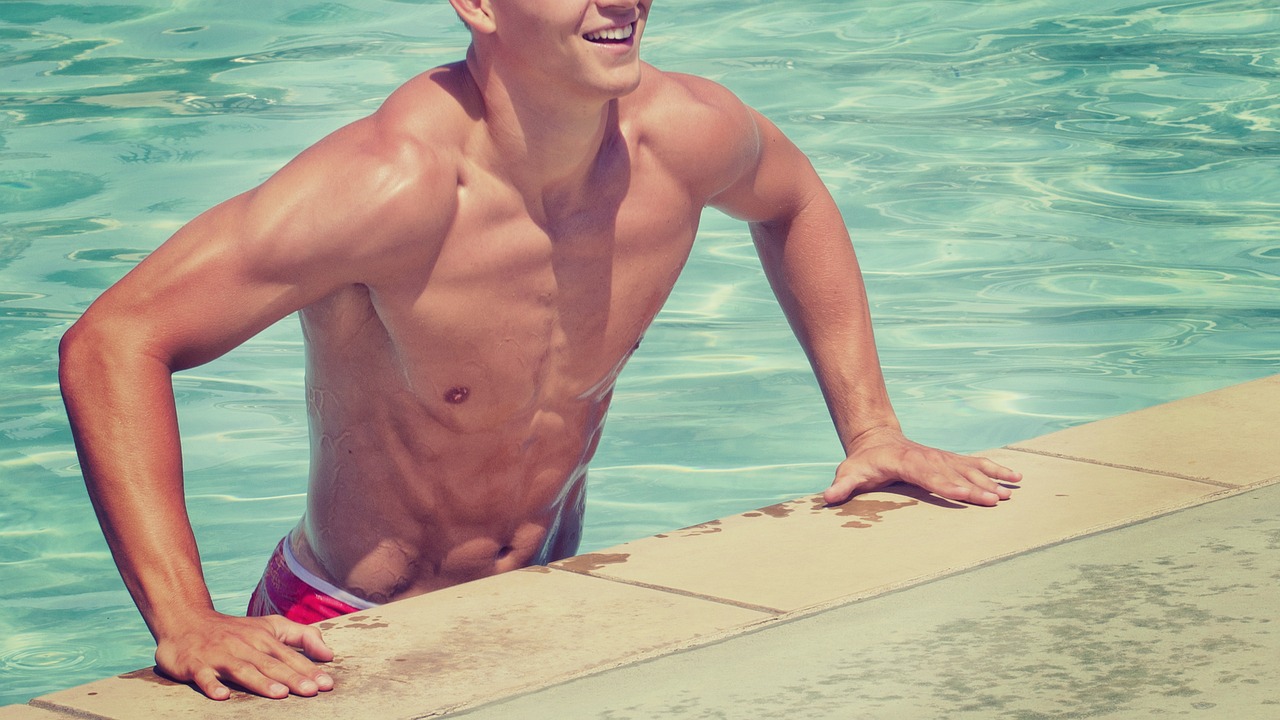Check out what is important to know about how swimming is practiced and understand what is needed to get started.
Practicing any type of sport or physical activity, in general, is recommended to be included and maintained in each person’s daily routine. But many don’t even know where to start looking for which exercise to do. In this sense, swimming is a good choice for those looking for a different sporting activity.
As it is a very complete sport, it offers several benefits to those who practice it. Some of these are posture correction, muscle flexibility and high calorie expenditure. In addition to being a low-impact activity and possible for all ages, from children to the elderly. It is worth noting that anyone who starts swimming has nothing but praise for the sport.
To better understand how swimming is practiced, you need to keep a few things in mind before starting. For example, you need to eat well and acquire the right equipment to perform better and not get too tired during training.
Check out some swimming tips below.
Choosing correct equipment and clothing
To practice this sport, you want to invest in reasonable clothing and a few fundamental embellishments, like a cap and glasses. It is additionally critical to say that an extraordinary bikini, bathing suit or bathing suit will be proper for swimming training.
Swimsuits and bathing suit should be near the body, yet never too close to inhibit development in the pool. Moreover, they should be impervious to chlorine and salt.
Speaking of chlorine, many individuals are uncertain about how to shield their hair from chlorine while swimming, and the response is basic: utilize a cap made of reasonable material, the most appropriate being a silicone cap.
Although children may feel more comfortable using a cloth cap, to effectively provide protection, a silicone cap is the best choice.
As for glasses, there’s no secret : they just need to fit well on your face so as not to let water in, but also not to be tight. The ideal is to go to a sports store and ask for the appropriate clothing – they may be a little more expensive at first, but they will make up for your comfort in the long term.
More than that, investing in suitable equipment will directly affect the athlete’s performance, something that will be very useful, especially for those who are starting to learn the first movements and techniques of swimming.
What is the appropriate diet
The diet, as in other sports, needs to be well balanced with proteins , carbohydrates, etc. To achieve better results and maintain good physical conditioning, meals should be eaten before and after each workout.
You never train on an empty stomach and you need to eat between one and two hours before each workout.
What to eat before swimming?
Ideally, it should be a meal rich in carbohydrates, so some good options are:
- Toast;
- Natural sandwich;
- Slice of cake;
- Fruits;
- Cereal bar.
Furthermore, hydration is also a key element, so remember to drink plenty of water or even fruit juice with your meal.
In this sense, it is important to drink water or sports drinks during training as well, as they are great for replacing carbohydrates and helping to give you extra gas during training.
And what type of food is ideal for post-workout?
After exercising, it is also necessary to consume carbohydrates and, this time, accompanied by proteins and lipids. Around 30 minutes after training, it is recommended to have a replacement snack, in addition to a more substantial meal, around 2h to 4h after finishing the physical activity.
At lunch, you can count on options such as :
- Fruits;
- Chestnuts and seeds;
- oat porridge;
- Fruit smoothie;
- Granola with chestnuts.
Stretching and warming up
In fact, this is an important step for any sport and most people already know this, but it is still worth mentioning, as each sport ends up having specific stretches and warm-ups for its practice.
In swimming, for example, arm strength is used a lot, so it is important to focus on this region during pre-training.
Despite this, the pre-workout warm-up should be short and light, just enough to activate the bodybuilding – the famous “waking up the body”. About 10 to 15 minutes are enough for this purpose.
Stretching should also be light and aimed at relaxing the muscles after the effort of training has been carried out . The combination of warming up and stretching will prevent muscle pain and injuries .
Maintain regular training
Like any sport, you need to practice to achieve perfect technique. Even more so when it comes to swimming, because, despite being a relatively simple and low-impact sport, it has many elements to be worked on.
The techniques needed in swimming include: breathing, strokes, kicks, head positioning, among others.
Regular training, two to three times a week, will help you master these elements more easily. Furthermore, maintaining regularity helps to establish a routine faster too, making the body and mind adapt to the new lifestyle.
Just remember to keep your workouts lighter at first to avoid exhaustion!
Have a suitable place to practice
Not just any pool will be ideal for swimming training, so you need to find a good specialized gym or swimming club that offers the appropriate structures to practice the sport.
It is important that there are pools and sizes suitable for the levels of each athlete (or group of athletes), as well as qualified and experienced professionals to monitor the swimmers’ performance.
Have good professional guidance
Speaking of qualified professionals, good professional guidance not only involves the swimming coach, but also doctors and nutritionists.
It is essential to have an expert monitoring the athlete’s development and movement, to show how to set up a swimming training session and indicate how to get better results, as well as being essential to avoid any type of injury during the activity.
But, with the presence of a professional, the athlete will also have an idea of how their health is, if there are any issues to worry about and will also learn how to set up a correct eating routine to meet all their health needs. nutrients, carbohydrates, vitamins, etc. a swimmer needs.
Note that, despite the nutrition tips given above, a nutritionist is still essential to put together a suitable diet for each athlete.
Know swimming styles
Swimming styles will be learned as the training progresses, but it’s good to have an idea of what’s coming to be prepared and start researching and clarifying any doubts regarding the training.
The main styles are:
- Crawl swim (free);
- Butterfly;
- Backstroke;
- Breaststroke.
Each of them has its own strokes, kicks and even breathing styles, so when you start learning each one, always have the trainer close by to know if you are performing the correct movements.

